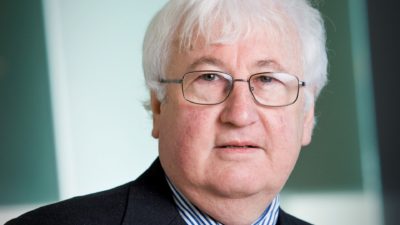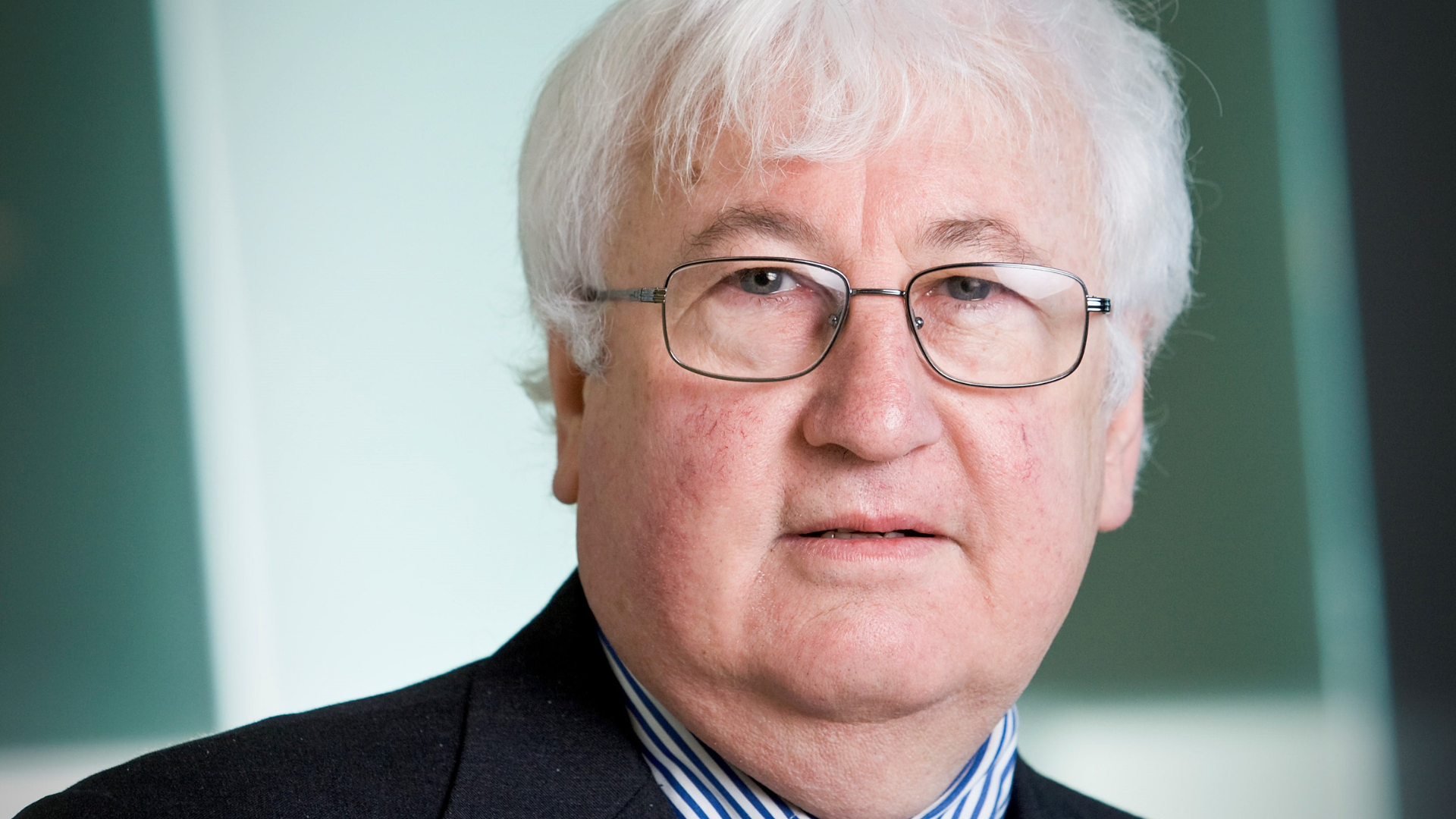NZ Super in risk-off mood
by David Chaplin
The New Zealand Superannuation Fund has dialed-down active risk-taking to one of its lowest points in almost a decade, according to chief investment officer, Matt Whineray.
Whineray, told the Sovereign Wealth Fund Institute (SWFI) publication last week that the almost NZ$40 billion (A$37 billion) fund had scaled back its “active risk” positions compared to the ‘reference portfolio’.
NZS introduced the ‘reference portfolio’ – essentially a passive exposure to asset classes in the fund’s allocation model – in 2010 to measure the success of its active strategies.
“At the moment, we don’t see a lot of opportunities, and as a result our active risk is about as small as it’s been since we moved to the reference portfolio model [in 2010],” he told SWFI. “What the means is we look at global markets and think, ‘Well, there’s less interesting stuff to pursue,’ and as a result we’ll tend to own more of the reference portfolio, and not do as much on the opportunistic side.”
In the 12 months to June 30, 2017 NZS returned 20.7 per cent compared to the reference portfolio’s 16.3 per cent, representing the third-highest ‘active risk’ performance (and total return) since the fund launched in 2003.
“We would expect that… over the long term, the reference portfolio will return 7.7% per year, and that our active investments can add 1% per year,” Whineray said in the SWFI article. “So you can see that 16.3% versus 7.7%, due to strong markets, and 4.3% versus 1% is quite a good year for our active investments as well.”
He said while the NZS would “certainly bank” those returns, higher valuations in equity markets would make the outperformance harder to replicate from here.
Over the 12 months to the end of January this year the NZS outperformance narrowed to just 1.94 per cent above the reference portfolio. In January the fund underperformed the reference portfolio by 30 basis points, returning 2.65 per cent compared to the benchmark 2.95 per cent for the month.
Since inception the NZS fund has outperformed the reference portfolio by 1.4 per cent.
Whineray was named as NZS acting CEO-in-waiting in February to take over the reins from current chief, Adrian Orr, when he departs in the middle of this month. Orr will assume his new job as Reserve Bank of NZ governor on March 27.
NZS general manager of portfolio completion, Mark Fennell, will serve as acting chief investment officer for the “duration of the recruitment process”, the fund said in February. NZS appointed an external executive search agency late last month.
It is understood the CEO job search could drag on for several months.
Meanwhile, across the ditch a shake-up at the Australian government-owned Future Fund has seen the exit of chief investment strategist, Stephen Gilmore. Raphael Arndt, Future Fund CIO would take over Gilmore’s duties when he departs in April, Australian publication Industry Moves reported last week.
“Other changes to the investment team include the appointment of Wendy Norris, formerly head of infrastructure and timberland, as deputy CIO, private markets; the appointment of former head of debt and alternatives, David George, as deputy CIO, public markets; and general counsel, Cameron Price, being given additional responsibilities as chief risk officer,” Industry Moves says.
In a recently-released 135-page document the NZS also details its investment team restructure over the 2016/17 reporting period. The NZS written replies to recent parliamentary Select Committee questions says: “This structural change was focused on streamlining the investment process from opportunity identification right through to ownership, centralising core tools to the relevant place with a single owner, and improving the separation of responsible investment policy, implementation and monitoring.
“The restructure resulted in the disestablishment of one role, and the creation of new roles (overall headcount remained the same), with some roles or teams additionally changing their functional reporting line to the Chief Investment Officer or a new Head or Manager.”
The NZS document says 49 of the fund’s 127-strong team sit in ‘frontline’ operations that cover investment-related activities. Among a swathe of other operational information, the regulatory report shows the NZS spent about $2.5 million on external consultants over the 2016/17 period, $4,446 on an ‘agility folding table’ for the boardroom, and $165 on a ‘Country Collection poncho’ as a staff leaving gift.
– Investment News NZ










